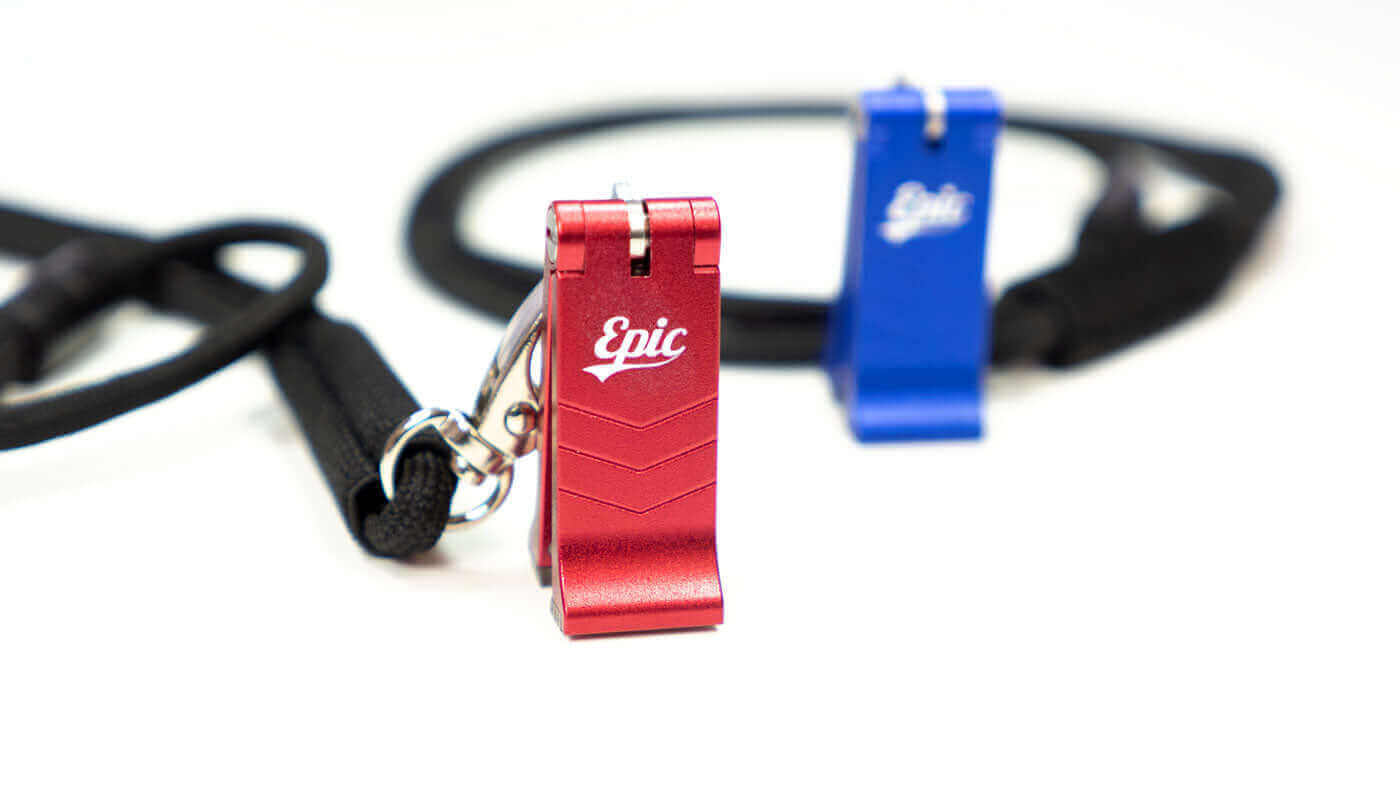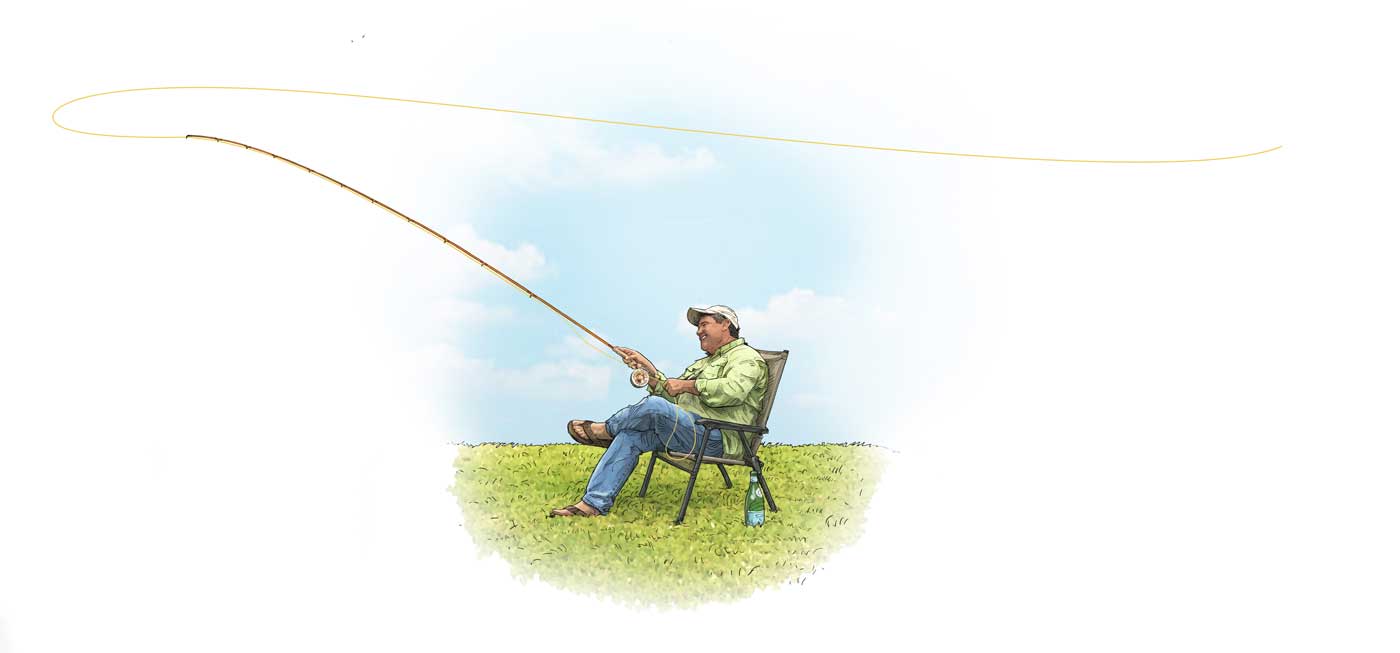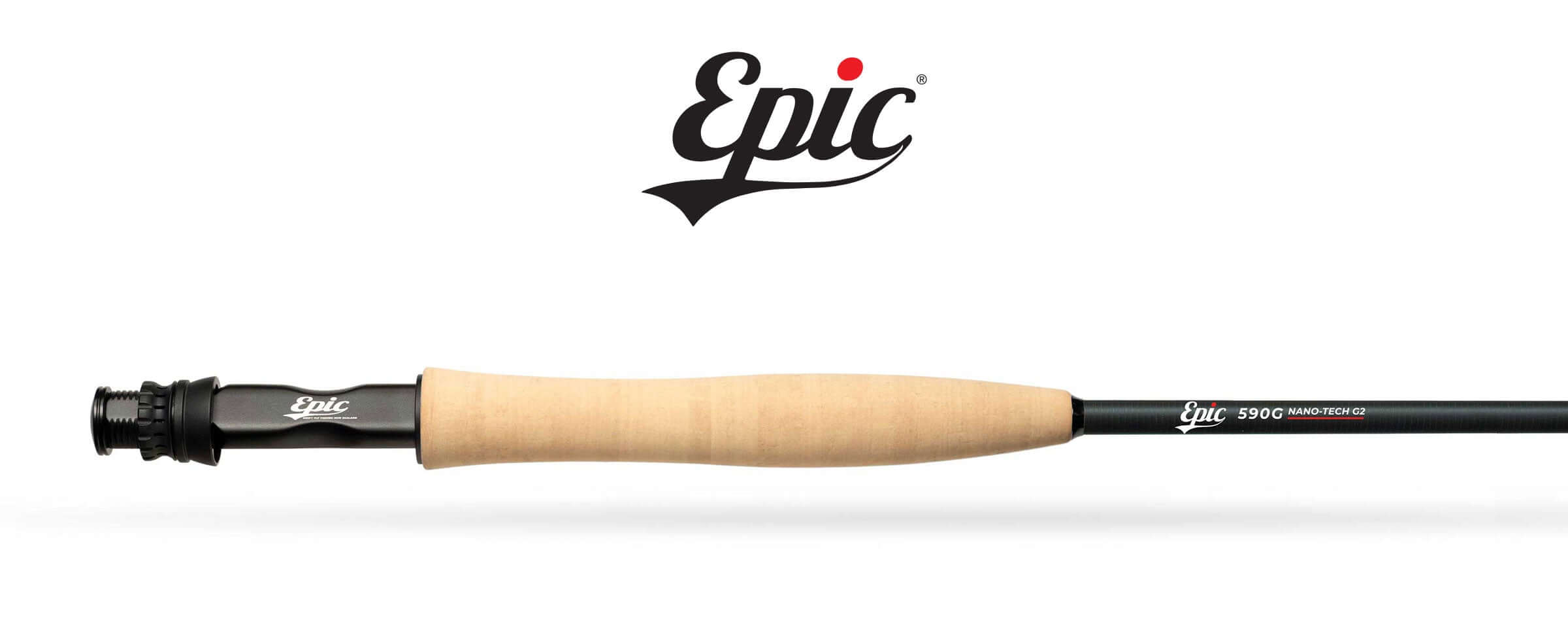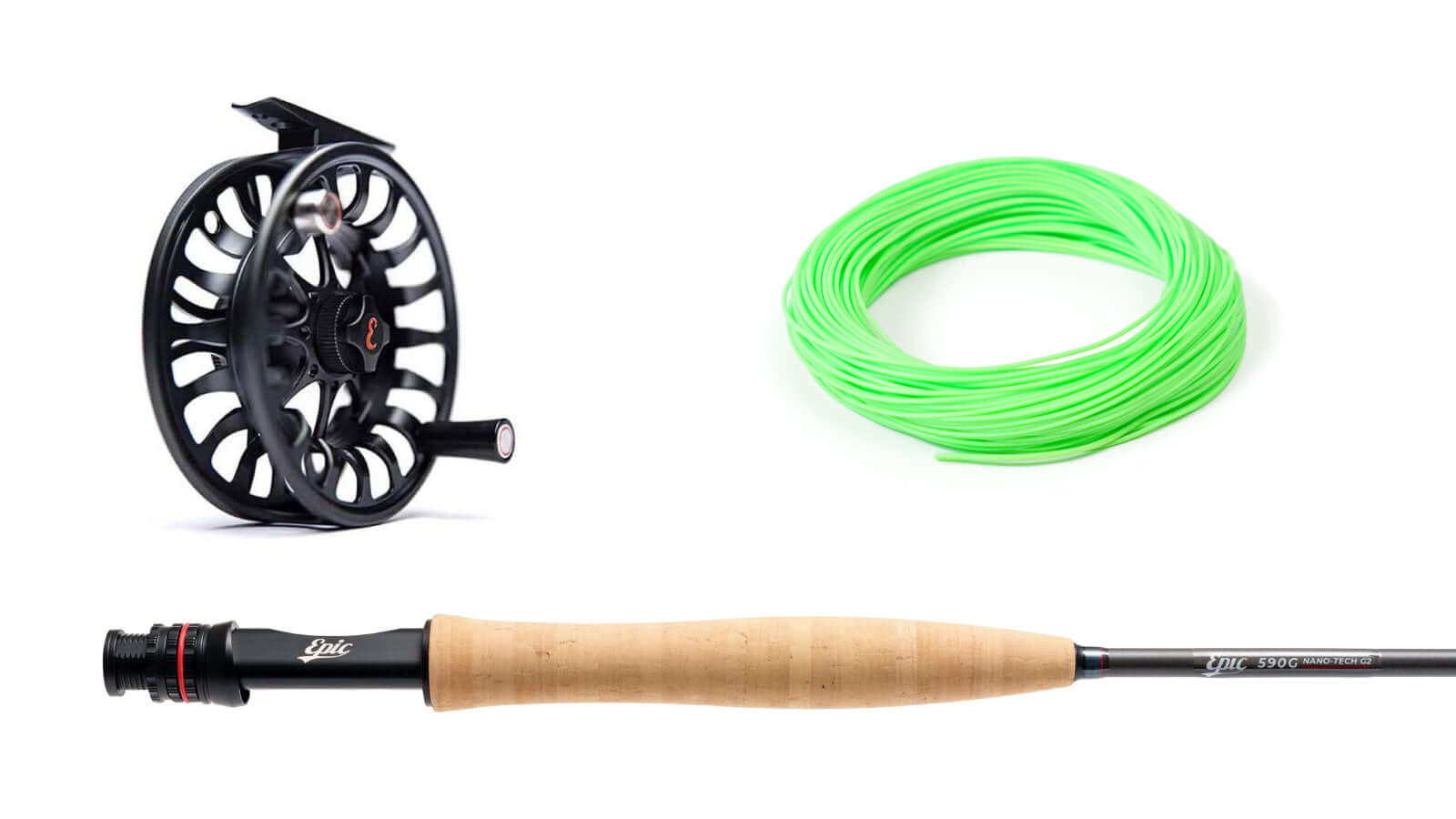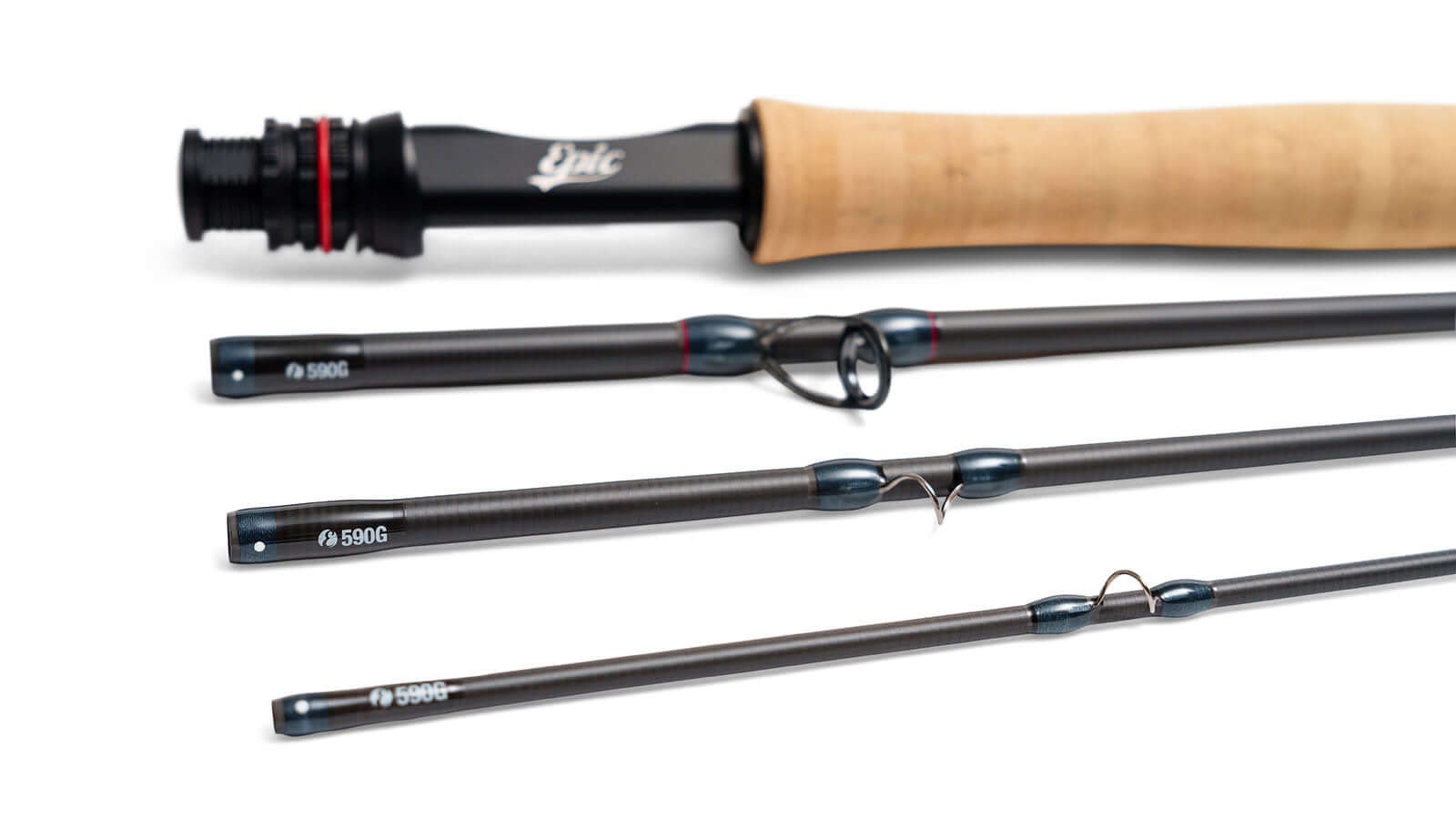The 5% Solution, with Joe Mahler.
Fly casting is one big thing made up of a lot of little things. A good instructor will focus on the biggest issues first and work downward to the smallest. This piece will focus on the latter and often overlooked elements of fly casting. In other words, we are going to sweat the small stuff.
I present what I call “The 5% solution.” This is a collection of six tips- each intended to make a 5% improvement in your cast. These tips won’t fix a weak cast or turn you into a tournament champion overnight, but they do add up to enhance the skills that you already have and give you extra confidence on the water.
The Twelfth Guide
Shooting line is troublesome for many. Perhaps the biggest problem is the name itself. The phrase “Shooting line” is active and suggest that you actively do something, when really it is passive. Lengthening the line is something that you allow, not force. The tendency is usually to release the line quickly on the forward stroke, causing the line to wrap around the rod or maybe the reel seat. Instead, hold on to the line and let it feather through a circle formed by your thumb and forefinger. If you are using a nine-foot rod, you probably have 11 guides on the blank. Think of the “guide” that you’ve formed with your fingers as number 12.

The Extended Haul
If you have worked to develop a solid double haul, you have experimented with different haul lengths. You’ve probably noticed that a longer haul is more effective than a shorter haul. Most casters stop the line hand with their wrist straight. By flexing the wrist away from the rod tip, you’ll add an extra 8” to the length of the haul. Couple that wrist flex with a slightly longer arm movement and watch the fly rod flex substantially deeper.

The Tilt Out
For maximum distance casts, every little bit counts. Unlike the above line-shooting tip, distance casting requires that you completely release the line. As the line shoots out, it will contact, or “slap,” the rod- blank several times, creating line-slowing friction. Next time, after the rod comes to a stop on the forward stroke, tilt the reel outward. This allows the line to flow freely out, with no rod contact.

Reel it in
While not exactly a casting tip, this is about line control. As you cast (especially on a boat) the tendency is to end up with too much line off the reel. If you are not going to cast the available length of line, keep it on the reel. When you make a cast at precisely the right distance, reel the excess line in to replicate the cast. Extra line will twist, tangle and magically find its way under your feet. Many fish have been lost by anglers frantically cranking to gather the line in the heat of battle. This causes the rod tip to bounce and the line to wiggle. Gather the line quickly by trapping the line with your cork hand and spinning the reel with your line hand.

Keep Your Guides Clean
Most of us rinse our rods after use, certainly in salt water, but few take the time to detail the guides. Even the cleanest waters will leave micro deposits that gather at the guides that can damage lines and hinder the cast. Use a cotton swab and a bit of mild soap to keep them squeaky clean.

Have a Seat
Practice your cast while sitting. Get a lawn chair with arm rests and cast with your elbow planted firmly on the chair arm. This will promote a relaxed, compact and accurate cast. Many find casting seated in a boat, canoe, or kayak difficult and this exercise will help you get comfortable casting from a lower position.
Give these 5% tips a try and maybe come up with a few of your own. I think you’ll find that little things really do mean a lot.





